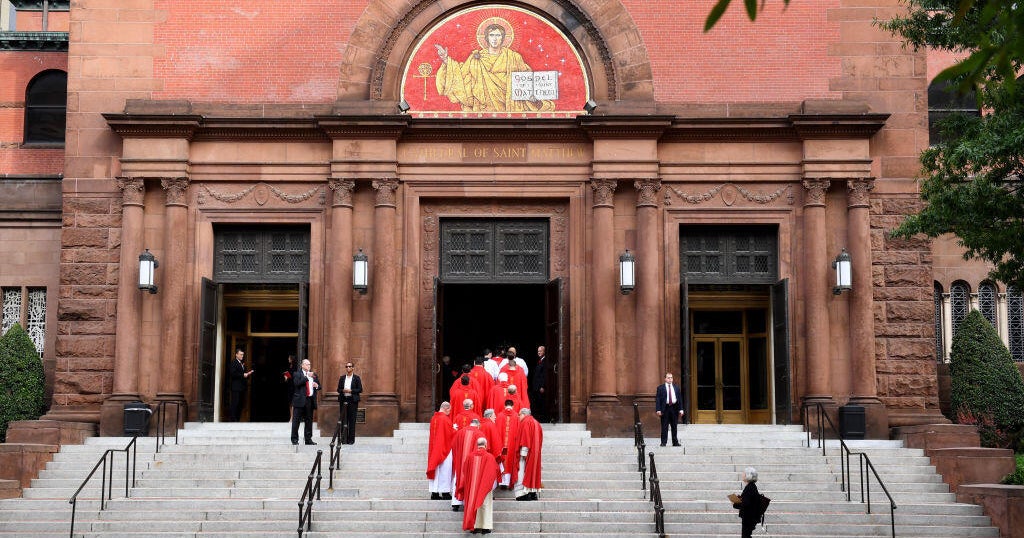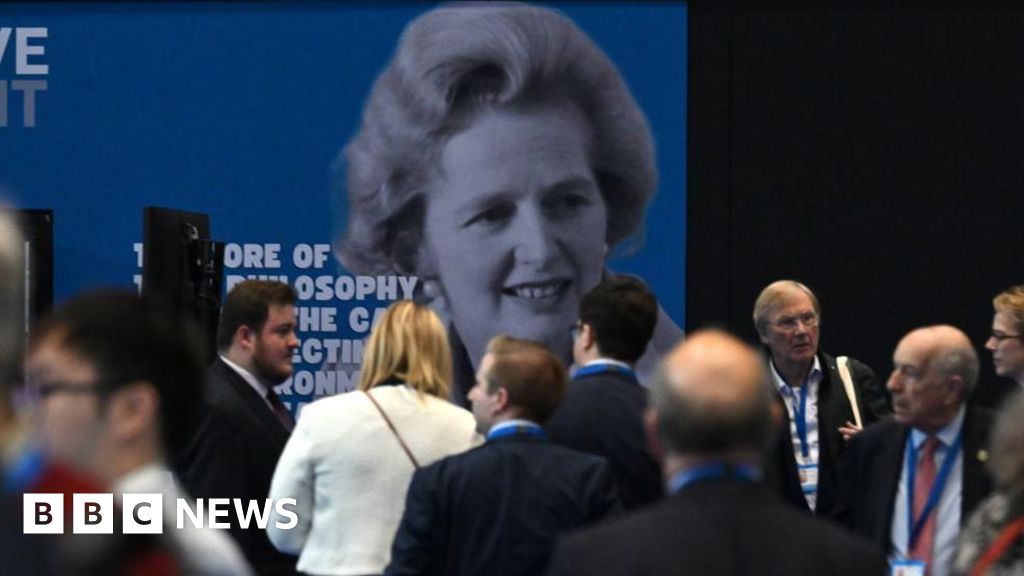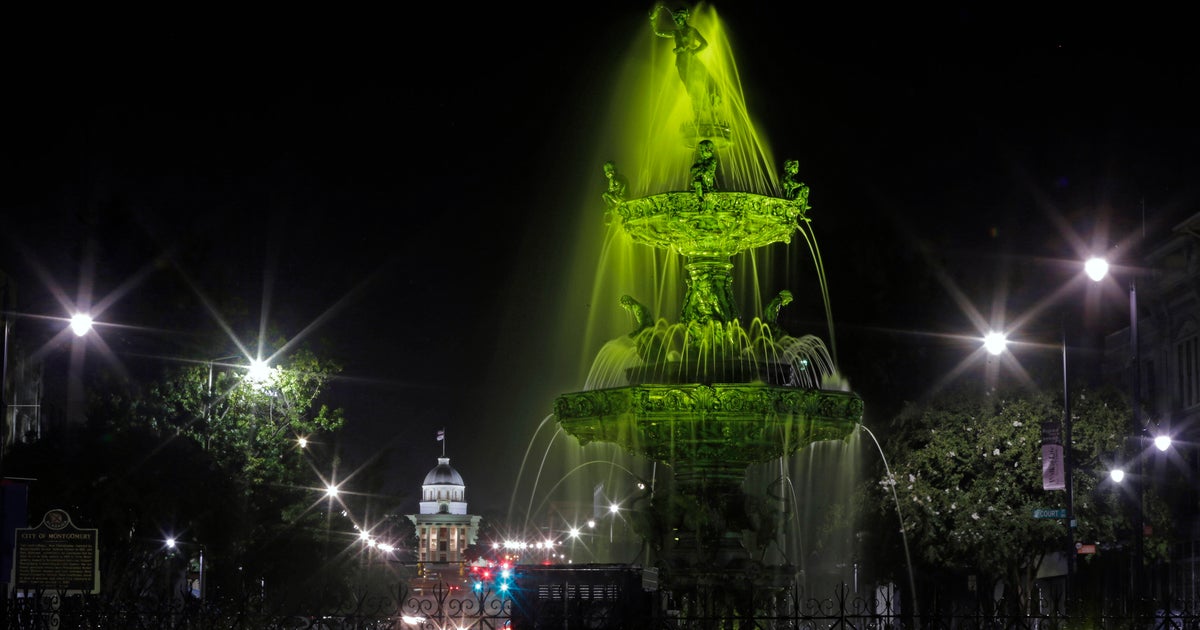The price of gold has continued its climb to record heights, and Australians investors are jumping on board, as the US government shutdown becomes the latest element of economic uncertainty pushing investors to seek safety in the precious metal.
At the end of last week, bullion was trading at US$3886 ($5886) per ounce, after a stand-off over funding in the US Senate triggered a shutdown that sent gold’s spot price to its record high of US$3897 on Thursday. It marks eight weeks of gains for the commodity, beginning its run from a price of US$3290 at the end of July.

Gold is trading at more than US$3800, which has never been seen before.Credit: Getty
Driving the surge in gold’s value has been a range of factors, said Shane Oliver, chief economist and head of investment strategy at AMP.
One thing at play is that central banks have been increasing their gold holdings recently, “fearful that if they have US dollars, it could work against them”, said Oliver. In particular, BRICS countries – Brazil, Russia, India, China, South Africa, Egypt, Ethiopia, Indonesia, Iran and the United Arab Emirates – have reduced their reserves of US dollars.
Additionally, the low cost of borrowing in many economies means there is less of a trade-off between gold and other investments. “Gold doesn’t pay any interest or yields, so the opportunity cost of holding it is high,” Oliver explained.
Loading
Now, however, returns from other investments are less lucrative.“As we’ve seen over the past couple of years, central banks are cutting interest rates. So the lost opportunity from those investments is lower.”
Instability in the US is also bolstering gold’s appeal. This includes a downswing in the US dollar. “Gold is priced in US dollars, so if the dollar goes down, gold goes up,” Oliver said.
“Gold is also seen as a hedge against geopolitical tensions, particularly between the US and China, or NATO countries and Russia.”
Signs from the Trump administration of “increasing authoritarianism” are also fuelling appetite for gold, Oliver said, as are lingering concerns that inflation, instead of being defeated, is “lying dormant and could bounce back”.
He also cited comments from Trump about having greater control of the US Federal Reserve. “That’s a red flag, that’s worrying investors as well,” Oliver said.
The recent US government shutdown is another layer of uncertainty. “The shutdown is part of it, in that it feeds into that insecurity,” Oliver said. “Gold is seen as a hard currency in the short term.”
Concerns of excessive public debt in the US, Japan, and Europe also add to gold’s appeal, out of fears it will lead to debasing of currency to make it easier to service the debts.
Adding to the activity surrounding gold have been the more accessible methods of investing in it. While there have long been barriers to accessing and trading physical bars of gold, and moving the commodity around is costly, there has been a rise in trading gold futures, said Oliver.
Gold ETFs are another method becoming increasingly popular. Justin Lin, investment strategist at gold ETF issuer Global X, said there had been strong demand for the company’s products.
Lin said that demand for physical gold ETFs on the ASX has been strong, with more than $180 million in net inflows in September. “Total Australian gold ETF flows (in 2025) now sits at $819 million, which is on track to smash the record set in 2020 (of $982 million),” said Lin. “Gold’s strong appeal in this environment is undeniable,” he said.

Nabtrade’s Gemma Dale says gold investors are buying and holding, not trading.
Gemma Dale, director of investor behaviour at NAB, said demand for gold investments has come from two types of retail investors.
While seasoned, well-informed types who have played a wide range of resource opportunities account for a small chunk, she said “the real shift in has been through the wider base” of investors.
“People who are building a portfolio or are managing a portfolio for their retirement, you’re seeing them start to allocate for gold.”
It’s less about actively trading, and more about buying for the longer term, Dale said. “They’re not there because they think it’s going to run very hard, they’re there because they are retail investors on a fixed income, it gives you a defensive kind of play different to cash and equities.”
As to whether gold is currently overvalued or if it could continue climbing, Oliver was less clear. “There’s always an element of FOMO (fear of missing out), once something starts moving then it can take on a life of its own.”
Oliver said that “trying to justify the value of gold is a difficult exercise as it doesn’t have intrinsic value”.
“It’s worth what people will pay for it,” he said. “If some of the risk and uncertainty remains, then gold could well go higher from here,” Oliver said.
Most Viewed in Business
Loading


















































